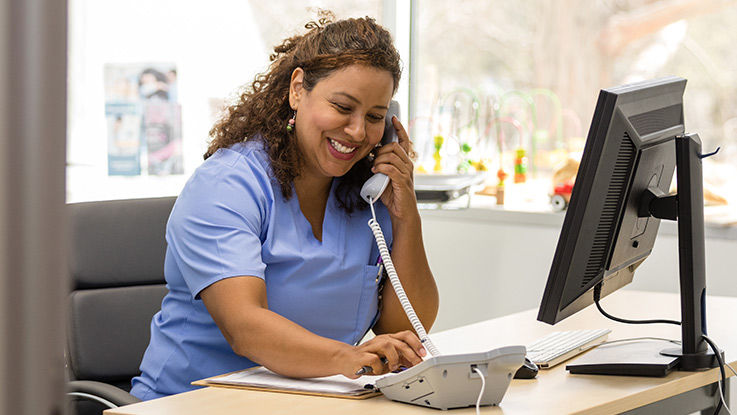When your back hurts, it can be more than just painful. Dealing with aches and spasms that last throughout the day can drain you emotionally, too. The good news is most bouts with back pain don’t last too long, going away in less than six weeks with the right at-home care.
But even if your back pain is severe or doesn’t go away over time, returning to work (and play) is often possible without the need for additional medicine or surgery.
Back pain basics
Your back is part of your overall spine, supported by muscles, tendons, bones, nerves and other tissues. It’s one of the major parts of your body that keeps you stable and moving.
When an injury happens suddenly or an ache develops over time, back pain can keep you from being active and doing the things you enjoy. It may be hard to pinpoint the specific reason for your back pain, but it often happens from one or more of these causes:
- A loss of muscle strength over time
- Incorrect posture
- Straining of your muscles
- Injury
- Aging

Get personalized back pain support services
Get customized resources, guidance and support from an experienced back pain specialist – confidentially and at no extra cost. Your back pain expert will work with you and your care team to create a plan to help reduce pain at work and during the activities you love.
Additional information and resources
Find out more about back pain, including causes, treatments and ways you can prevent it from returning: